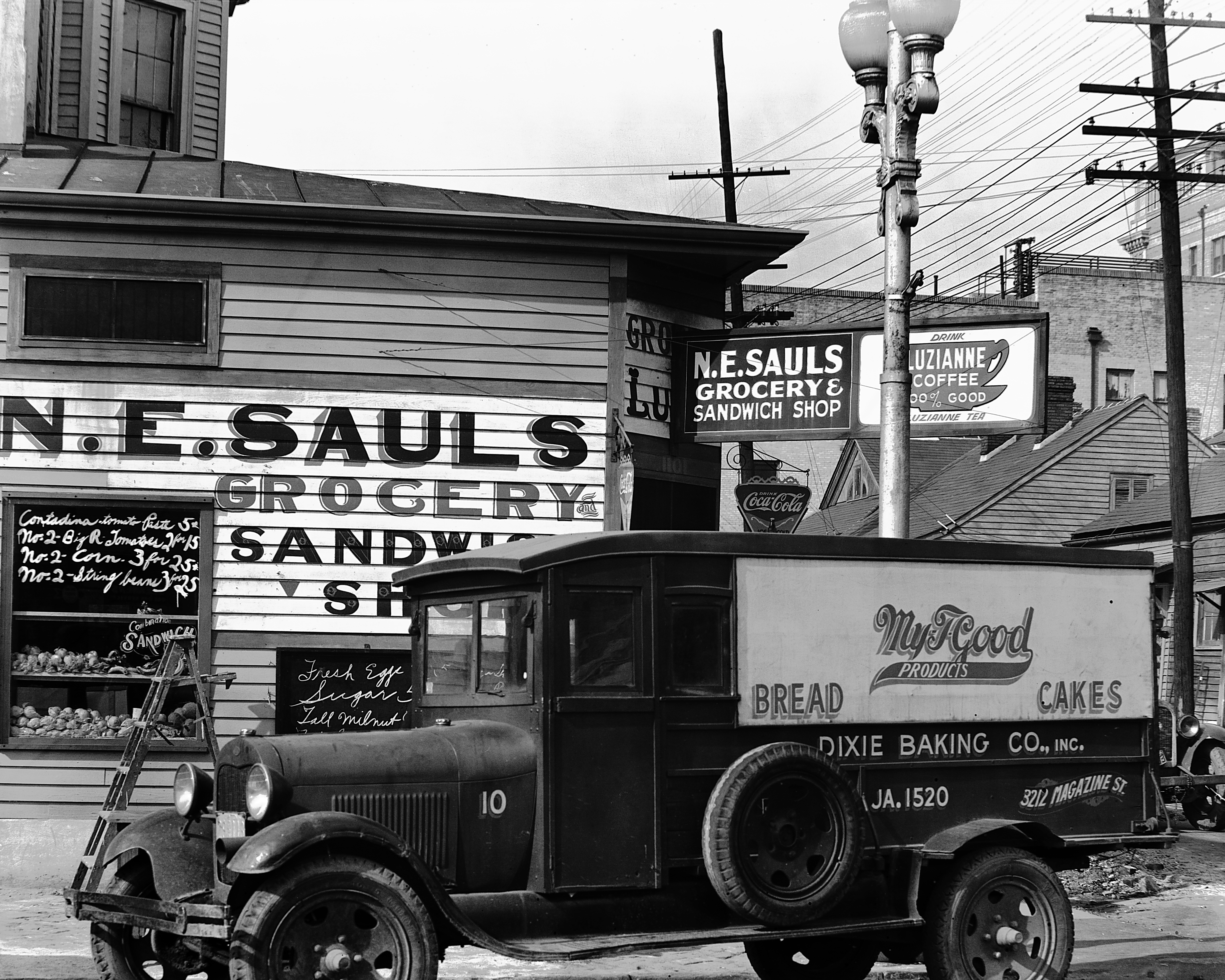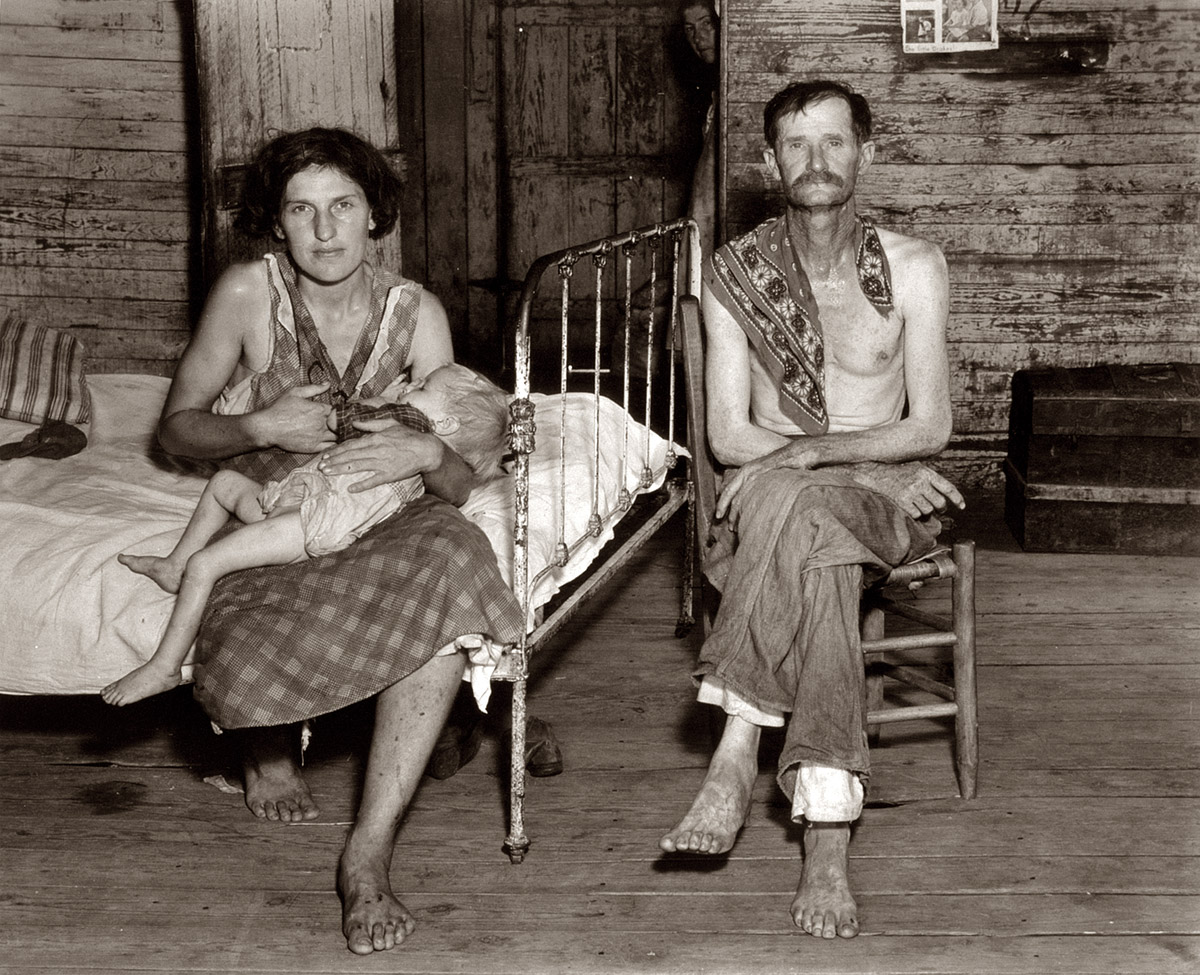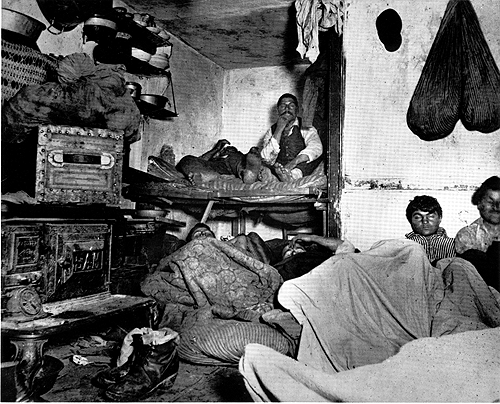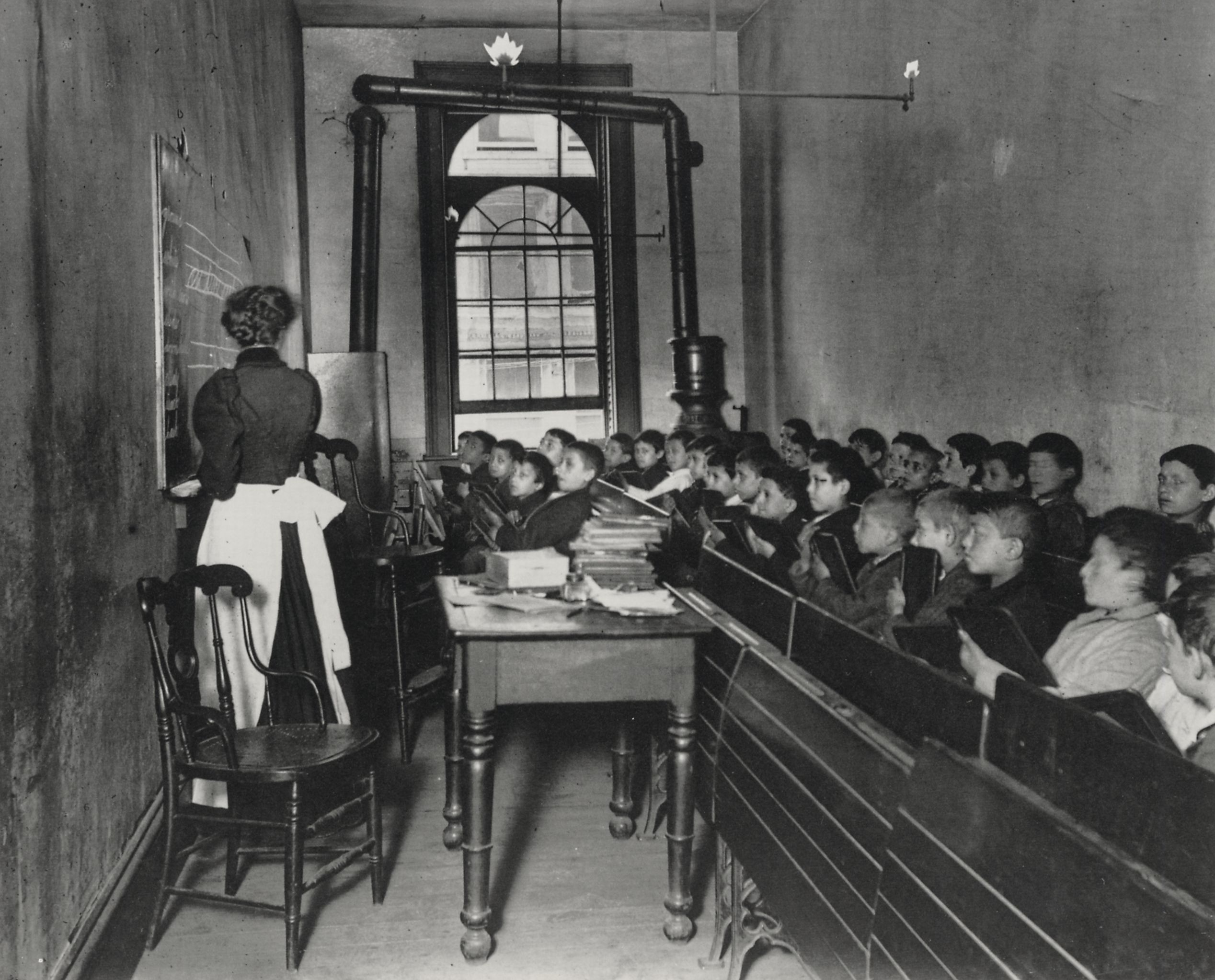1.) Photography Speaks:150 Photographers on their art
By- Brooks Johnson
Published By: Aperture Foundation, Inc. 2004
2.) Nonfiction Photography
By- Bunar Alexanian
Published By- Walker Creek Press
3.) A life in Photography
By- Edward Steichen
Published By: Doubleday & Company, Inc. 1963
4.) Weegee
By- Aperture Magazine
Published by- Aperture Foundation Inc, 1978
5.) Alfred Stieglitz: An American seer
By- Dorothy Norman
Published By- Aperture Biography, 1990
6.) Photography Reborn: Image making in the Digital Era
By- Jonathan Lipkin
Published By- Harry N. Abrams Inc. 2005
7.) Eisenstaedt's Giude to Photography
By- Alfred Eisensaedt
Published By- Viking Press 1978
8.) Paul Strand
By- Aperture Magazine
Published By- Aperture Foundation, Inc. 1987
9.) Eugene Atget
By- Aperture Magazine
Published By- Aperture Foundation, Inc. 1980
10.) Scenic Photography 101
By- Kerry Drager
Published By- Amphoto Books, 1999
11.) Ansel Adams
By- ?
Published BY- the Friends of Photography, 1984
12.) This is the American Earth
By- Ansel Adams & Nancy Newhall
Published By- Sierra Club, 1968]13.) The Americans
By- Robert Frank, Jack Kerouac
Published by- Steidl, 2008
14.) Black and White Photography: Basic Manual
By- Henry Horenstein
Published By- Little Brown & Co. 2005
15.) Men at Work
By- Lewis W. Hine
Published by- Dover Publications, 1977
16.) In Real Life: Six Women Photographers
By- Leslie Sills
Published By- Holiday House, 2000
17.) Other Realities
By- Jerry Uelsmann
Published By- Bulfinch Press, 2007
18.) The Photograph
By- Graham Clarke
Published By- Oxford University Press, 1997
19.) Photography Encyclopedia
By- Fred W McDarrah & Gloria S. McDarrah
Published By- Schirmer Books, 1999
20.) An Autobiography: Richard Avedon
By- Rochard Avedon
Published By- Random House Inc, 1993



























